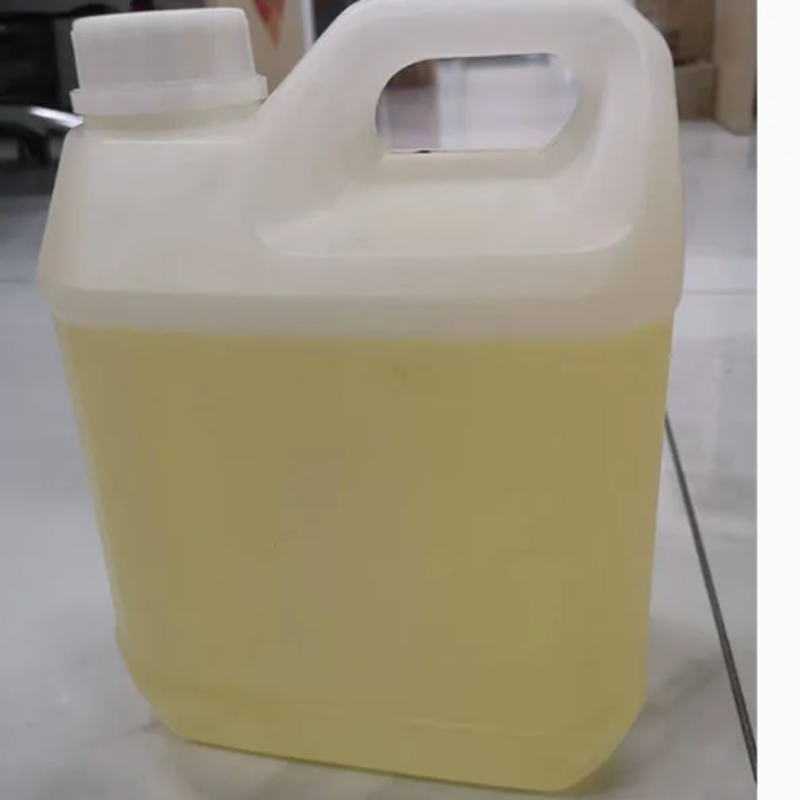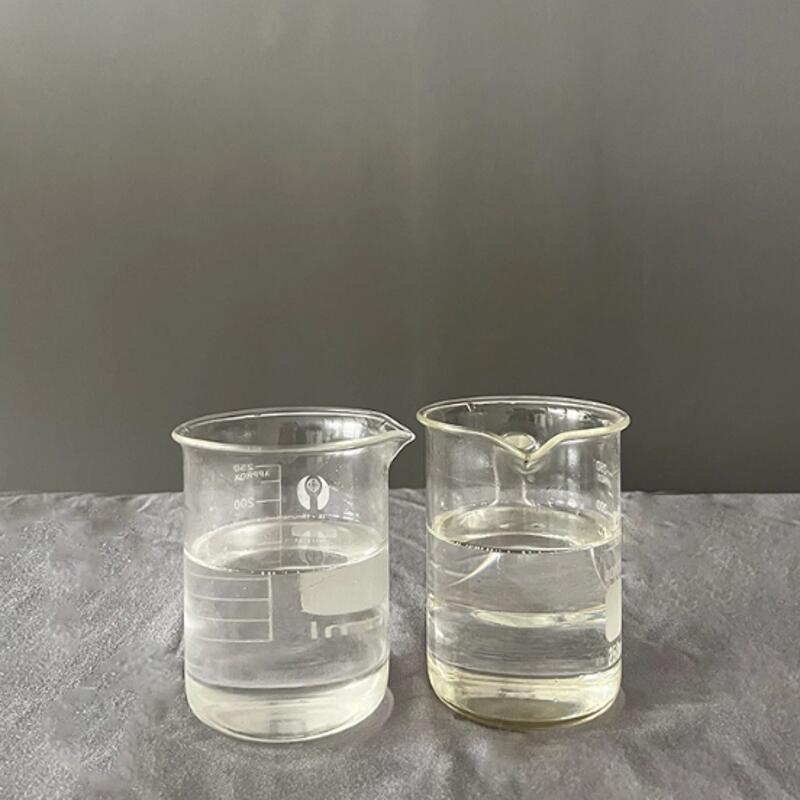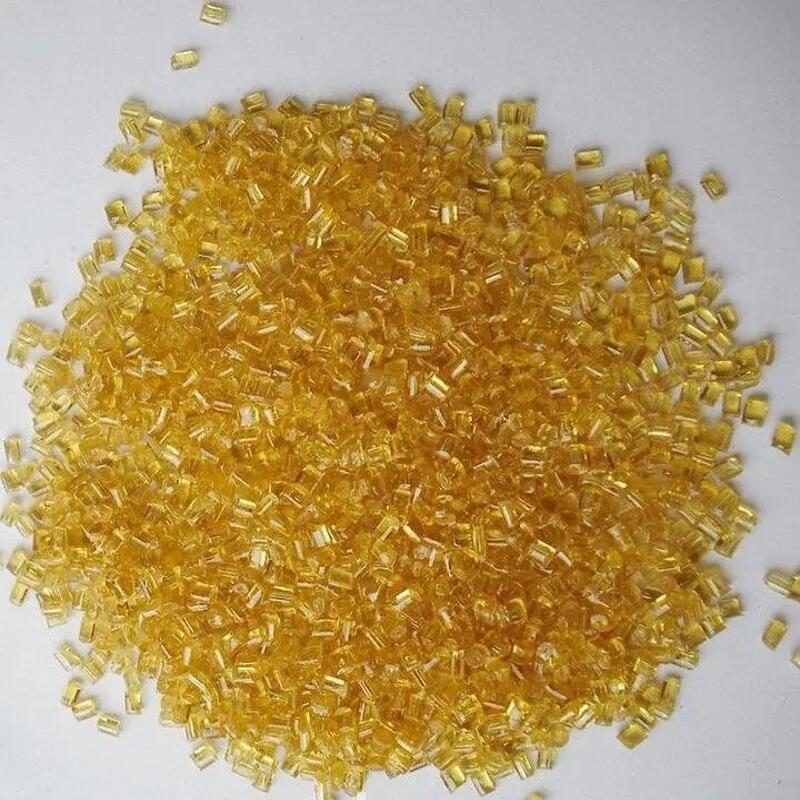-
Categories
-
Pharmaceutical Intermediates
-
Active Pharmaceutical Ingredients
-
Food Additives
- Industrial Coatings
- Agrochemicals
- Dyes and Pigments
- Surfactant
- Flavors and Fragrances
- Chemical Reagents
- Catalyst and Auxiliary
- Natural Products
- Inorganic Chemistry
-
Organic Chemistry
-
Biochemical Engineering
- Analytical Chemistry
-
Cosmetic Ingredient
- Water Treatment Chemical
-
Pharmaceutical Intermediates
Promotion
ECHEMI Mall
Wholesale
Weekly Price
Exhibition
News
-
Trade Service
There are two major challenges in plastic recycling, sorting and separation
.
Some people say that it is possible to recycle all of them, is that possible? no! Different polymers have different properties, which can lead to phase separation, resulting in a decrease in the properties of the recovered material
.
Therefore, in the packaging industry, on the one hand, it is a development trend to hope that a single component can achieve multiple functions
.
add points
The Coates research group of Cornell University has long been devoted to the research on the living polymerization of olefins.
They hope to prepare high molecular weight polyethylene/isotactic polypropylene block or multi-block copolymers by developing catalysts with long catalytic life
.
Pyridineamine Hf catalysts are capable of producing high molecular weight isotactic polypropylenes at elevated temperatures (Angew.
Chem.
Int.
Ed.
45, 3278–3283 (2006)) and have also been used in “chain shuttling” polymerization (Science 312, 714– 719 (2006).
)
.
In 2008, Coates' research group reported that the optimized pyridylamine Hf catalyst (I) could realize the isotactic controlled polymerization of propylene (Patent WO2008112133A2 (2008))
.
In 2017, Coates' group reported the use of this catalyst to prepare ethylene/isotactic polypropylene block and multi-block copolymers with precisely controllable sequence lengths
.
These new block copolymers have good interfacial properties with polyethylene/isotactic polypropylene, and can well improve the properties of recycled plastics to obtain high-value polymer materials
.
While adding 0.
5wt% PET-PE multi-block chain to the PET:PE (80:20) mixture, the fracture stress and strain of the obtained PET/PE blend exceeded that of pure PET, realizing waste plastic PET and PE.
The high-value utilization of this achievement has been recommended by the editor of "Science"
.
To quote Japanese Prime Minister Shinzo Abe: Do not be hostile to plastics, management and innovation are the key
.







